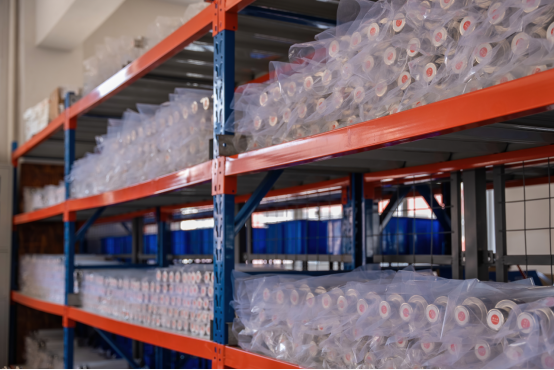
Lightning Arresters protect electrical systems from surges caused by lightning or switching events. This guide explores common types, their applications, and critical selection criteria for optimal performance.

Core Types & Features
1. Rod Gap Arrester
- Structure: Two metal rods separated by an air gap.
- Application: Low-cost protection for 6-10kV lines, substation entry points, and rural grids.
- Limitation: Requires manual reset after discharge.
2. Horn Gap Arrester
- Design: Adjustable horn-shaped electrodes for controlled arc extinction.
- Use: Historical systems, replaced by modern types due to maintenance needs.
3. Multi-Gap Arrester
- Mechanism: Multiple series gaps for staged voltage breakdown.
- Application: Medium-voltage industrial equipment (e.g., transformers).
4. Metal-Oxide Arrester (MOA)
- Tech Edge: ZnO blocks with nonlinear resistance; no gap, rapid response (<25ns).
- Use: High-voltage grids (500kV+), solar farms, data centers.
5. Electrolyte Arrester
- Function: Liquid/gel electrolyte for ionized discharge (rare in modern systems).
Ideal Arrester Characteristics
- Zero leakage current under normal voltage.
- Instant breakdown at abnormal voltages (e.g., >1.2x rated).
- High current capacity (e.g., 50kA surge handling).
- Self-recovery after transient voltage subsides.

Application Scenarios
1. Power Grids
- MOA for substations and UHV lines.
- Rod gap for rural 10kV feeders.
2. Renewable Energy
- MOA with polymer housing for salt-resistant PV/wind farms.
3. Communication Systems
- Multi-gap arresters for RF/SCADA Surge protection (e.g., PTI-BB50 series).
Selection Factors
- Voltage Level: MOA for >35kV, rod gaps for <10kV.
- Environment: Polymer-housed MOA for coastal zones; porcelain for dry climates.
- Cost: Rod gaps (low) vs. MOA (high reliability).
Oil&Gas exploited
Automotive Manufacturing
Transportation & Dlistrlbutlon
Manufacture
Industrial Construction
Green Energy
Copyright ? 2024 All Rights Reserved
Back to top 
Comment
(0)